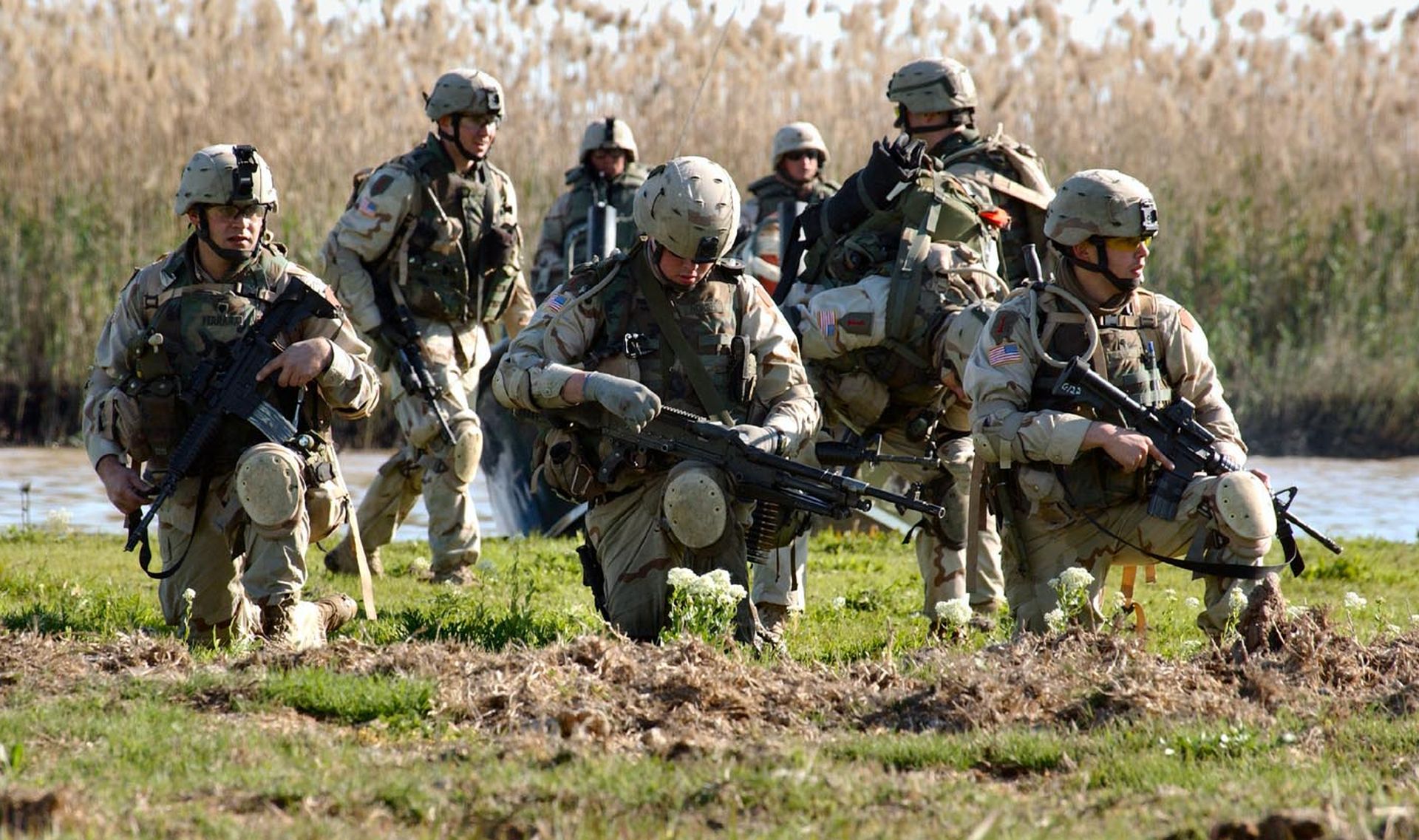WASHINGTON: This fiscal year the Army will make its mission of 59,000 active-duty accessions who enter basic combat training, Maj. Gen. Jeffrey Snow said.
However, there will be about a 2,000-person shortage in the Army Reserve accessions this fiscal year, with the mission being 17,300, said Snow, who serves as commander of U.S. Army Recruiting Command, or USAREC, at Fort Knox, Kentucky.
Aside from accessions, there is a shortage forecast of about 7,000 in the Delayed Entry Program, or DEP this fiscal year. While a DEP shortage will not have an impact on this fiscal year’s accessions, it will make meeting the active-duty accession mission difficult in FY16, said Kelli Bland, USAREC public affairs chief.
“Even though we will make our mission this year, that does not mean this isn’t an incredibly challenging recruiting environment,” Snow said. Only 29 percent of Americans, ages 17 through 24, are even eligible to serve in the Army. “This, coupled with the lower unemployment rates, have made it more difficult for the Army to find young people who are both eligible to serve and who have a desire to serve.”
Snow said that many young people think they must make a choice between going to college or joining the Army. But Snow said there’s a real opportunity to do both. Besides career training, the Army provides monetary benefits for higher education.
Beyond the benefits, he said, the Army provides a chance to serve the nation.
Snow also said there is a perception that youth today are less committed to service, but he doesn’t believe that is true.
“That’s not consistent with my personal observations,” he said. “Many do care, and they want to join the profession that makes a difference.”
As the economy improves, Snow said, it can create the impression that the Army fills its ranks with those civilians who have failed to find a job. But that too, he said, is a fallacy.
“I believe we’re competing for quality,” he said. “I want to change the dialogue so people are not viewing the Army as a last resort, but as a first choice.”
Recruiters are doing a tremendous job, Snow said. But unfortunately, about 50 percent of high schools are not providing access to those recruiters. This limits the amount of information students are receiving about the Army. “I’d like to explore ways to increase access,” he said.
DEMOGRAPHIC CHALLENGES
Bland said within the 71 percent of youth ineligible to join the Army, the three most common disqualifiers are obesity, medical issues, and drug use. Other disqualifiers include inadequate education, mental health challenges, and a criminal history.
Of the 29 percent of youth who qualify for service, only one in four have a strong desire to serve, she said.
Many of those have other career or educational plans, she said. Others have negative perceptions about the military, as well as a lack of understanding about the educational and leadership opportunities the Army offers.
“Our target market increasingly perceives risks to joining the Army and, at the same time, they are less persuaded by the educational, career and lifestyle benefits of the Army,” she said.
For several years now, the pool of youth eligible to join the Army has remained steady at about 29 percent. But if the Centers for Disease Control and Prevention predictions for a 33 percent increase in obesity throughout the next 15 years are correct, Bland said, the Army will see the pool of eligible applicants continue to decline.
Bland said she thinks it’s important for young people and their parents to know the benefits of service, including valuable career training; tuition assistance while on active duty or in the Reserve; and financial assistance to pay back qualifying student loans.
An additional benefit of service includes the GI Bill, which includes expanded educational benefits, medical and dental care, and eligibility for the Thrift Savings Plan – which is similar to a 401(k).
KEEPING STANDARDS HIGH
Despite these challenges, the Army has continued to maintain high standards for those allowed to enter service, she said.
The Army’s FY15 “quality indicators” continue to exceed the Department of Defense requirements for the percentage of recruits who have a high school diploma. Additionally, she said, the Army continues to recruit a higher percentage of high-scorers on the Armed Forces Qualification Test, or AFQT – a subset of the Armed Services Vocational Aptitude Battery – than what the DOD requires.
In FY15, Bland said, the Army expects that 98 percent of its recruits will have a high school diploma. The DOD requires that only 90 percent have diplomas.
Additionally, she said, although the DOD allows a maximum of 4 percent of applicants who score in category IV, the second lowest category on the AFQT, Recruiting Command predicts only .7 percent will fall into this category for FY15. “This is another positive indicator of the high-quality recruits we are enlisting this year,” Bland said.
Scores on the AFQT are based on arithmetic reasoning, word knowledge, paragraph comprehension and mathematics knowledge.










